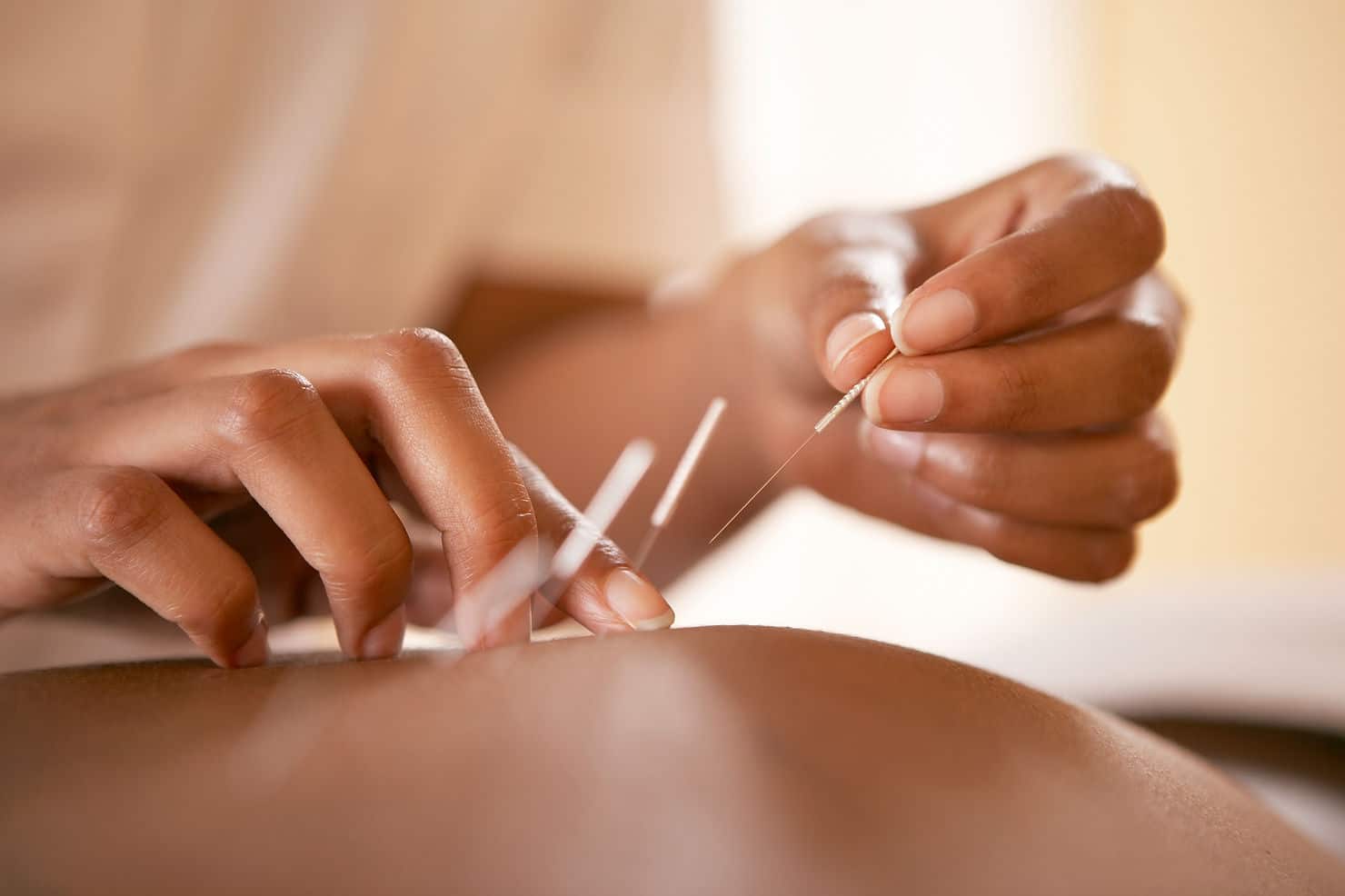
Hello Deep community!
With Deep Physio having an acupuncturist and physiotherapists that perform acupuncture, we get many questions regarding the difference between acupuncture and dry needling. Hopefully this blog will help in understanding the two treatment modalities and how we work together as a team at Deep Physio!
Acupuncture stimulates the balance and flow of Qi energy that in Traditional Chinese Medicine is considered essential to health. When the body is healthy, Qi (pronounced chee), flows smoothly through the meridians that make up a conceptual network of pathways throughout the entire body. When the balance or flow of Qi is deficient or obstructed it may be diseased or susceptible to illness. Acupuncture treats both the symptoms and the root causes of the patient’s illness.
How does it work?
Acupuncture is an ancient, safe and effective alternative to medication and, in some cases, surgery. Acupuncture stimulates the release of endorphins – the body’s natural pain-relieving neurohormones – through the insertion of needles into specific anatomical points (acupuncture points) to encourage natural healing. Therapeutic effects include:
- Pain relief
- Increased energy
- Improved mood
- Improved body function
Ally is our TCM Acupuncturist. What you would expect from the first one hour session is a subjective history and objective assessment, that would include assessing your pulse and tongue. Depending on your subjective and objective assessment findings, Ally would insert tiny needles around your body to elicit the flow of energy through your body. The session is very calm and relaxing, and you might feel the deep flow of energy that is sometimes an ache or tingle. The needles are left for around 20 mins where you will lie still with the needles and sometime even fall asleep 🙂 Ally also performs chinese massage, cupping, gua sha, moxibustion and laser to compliment the treatment, or solely on their own. Depending on the issue, 6 weekly consecutive sessions will produce the best results and follow up sessions are 30-45mins.
Dry needling is a technique employed by physical therapists and is similar in that a needle is inserted into the skin to alleviate pain. Physical therapists use dry needling with the goals of addressing neuromuscular conditions, relieving pain, and/or improving range of motion. Evidence to date supports that dry needling improves pain control, reduces muscle tension and normalizes dysfunctions of the motor end plates, the sites at which nerve impulses are transmitted to muscles. This can help speed up the patient’s return to active rehabilitation. Therefore, primary difference between acupuncture and dry needling is that acupuncture treats for the purpose of altering the flow of Qi (or energy) along traditional Chinese meridians while dry needling follows evidence-based guidelines, recommended “point” locations, and dosages for the treatment of specific conditions.
We have two physiotherapist that use functional dry needling as a modality in their treatment sessions, as well as perform musculoskeletal acupuncture. The physiotherapist will perform a functional subjective and objective assessment to assess the core functional root of the injury/problem area. After range of movement, muscle strength and functional movement has been assessed, and if the therapist deems dry needling a good treatment modality, an acupuncture needle will be inserted into an active trigger point to elicit a ‘twitch response’. Depending on the trigger point, the therapist with ‘piston’ the needle to elicit more twitch responses or leave the needling in and stimulate the needle/trigger point with an electric stimulator. In one session, the therapist could needle and stimulate many muscles in the body, or just a couple and leave an electric stimulator in situ for 10 mins. The goal of this therapy is to decrease trigger point activation, improve healing and blood flow, and overall improve pain free functional movement.
At Deep, we are a team of different health professionals that work together to optimize recovery, health and wellness. Physiotherapist use functional dry needling as a treatment modality to decrease neuromuscular tension and overall improve pain and functional movement. Whereby, acupuncturists treat all health issues and pain with the insertion of needles as one of their main treatment modalities. Where we work as a team is when a patient has complex issues that we are treating. An example would be chronic pain; the patient will most likely have abnormal movement due to pain that the physiotherapist will address, whereby the acupuncturist can address much more with regards to pain and the psychological impact it is having on the body.
Our goal at Deep Physio is to treat the ‘root’ or ‘drivers’ of the problem as best we can with a holistic approach. We are continually adding skill, knowledge, research and services to our team to better treat our surrounding community.

